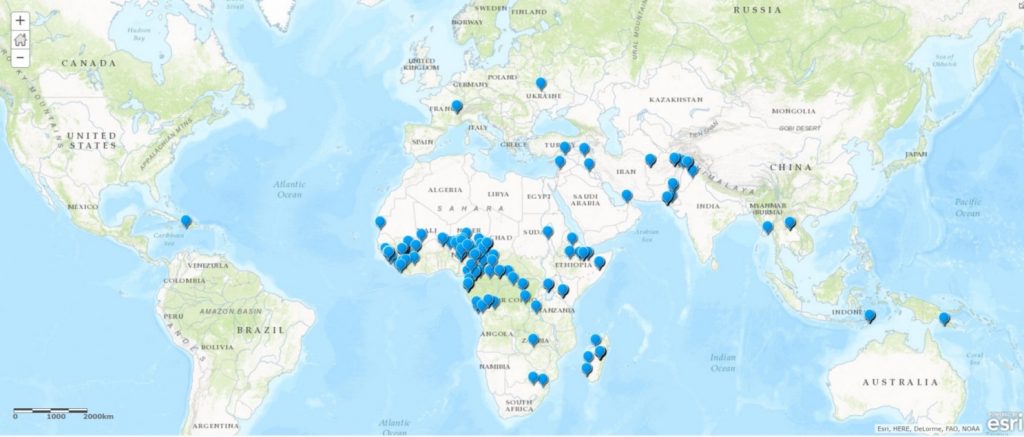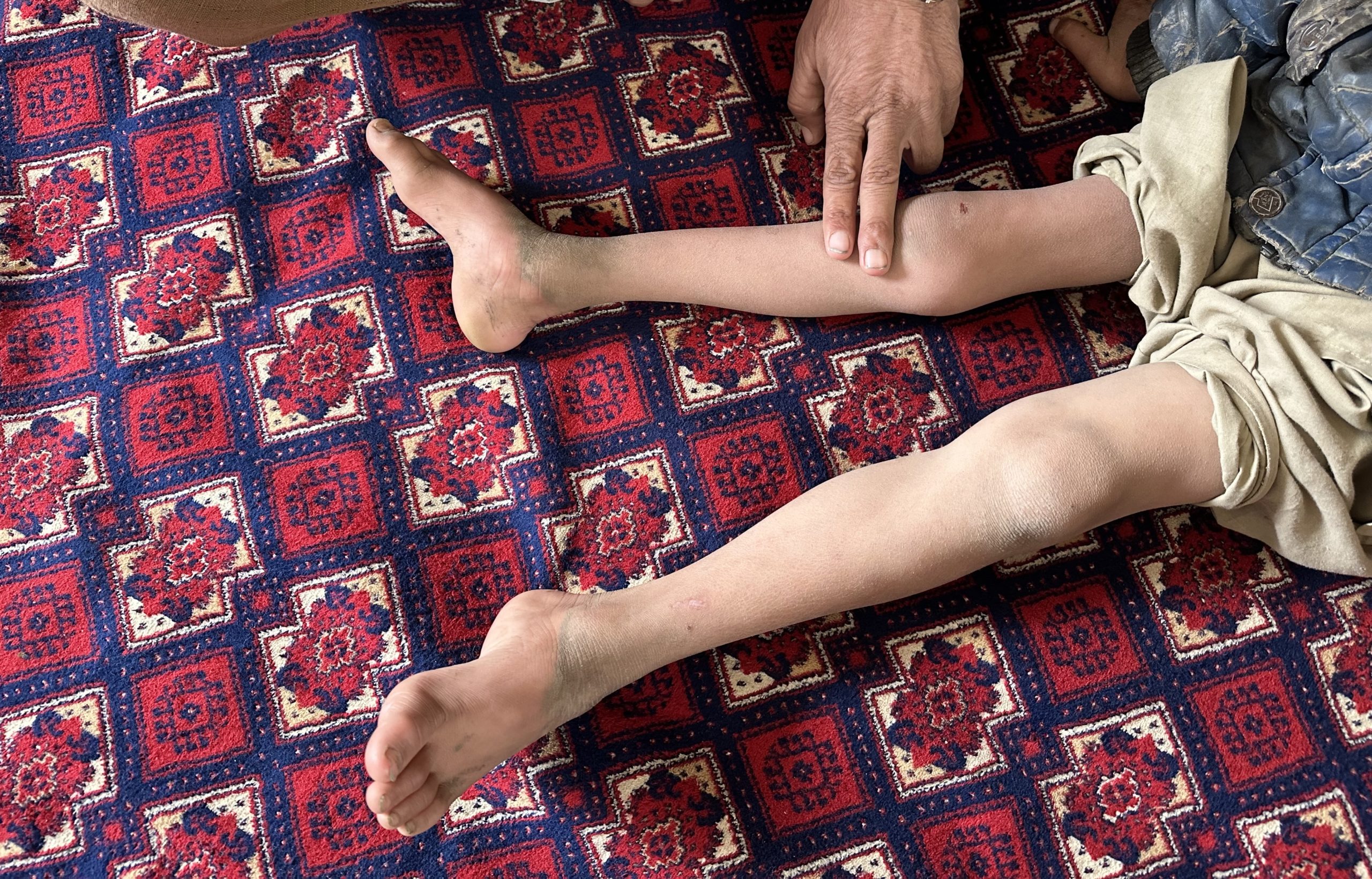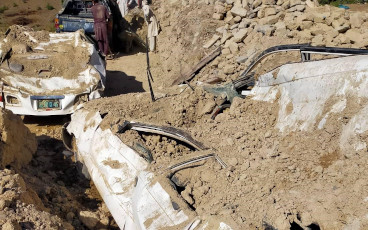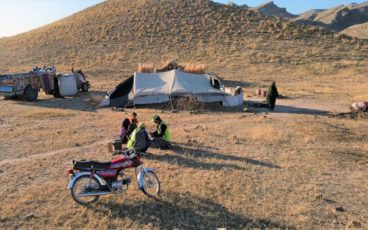The polio eradication programme is using technology in innovative ways to map the activities of polio workers on the ground, and ensure that expertise and support is getting to the areas where it is most needed.
More than 300 international consultants are deployed by the partners of the GPEI in some of the countries most vulnerable to polio. By strengthening surveillance, tracking the virus, identifying immunity gaps and supporting vaccination campaigns to fill them, these consultants provide an important boost to capacity in polio-affected or vulnerable countries. By using new technologies, the programme is mapping the activities of all consultants to capture the range of locations they travel to and the activities they carry out. These innovations ensure that countries receive the best support from these consultants, and that they are working where the need is greatest.
Survey 123
The introduction of this new technology means that each week, no matter where they are in the world, international consultants report on their activities using a smartphone application called Survey123. The report only takes a minute to complete, works offline and captures their location at the time of reporting. By answering questions on what activities and diseases they have been working on that week, this tool enables the GPEI to capture data in real-time and ensure international consultants are being efficiently deployed in high risk polio areas and being used to their greatest advantage.
In the below snapshot from the first week of October, reports from the consultants can be seen in Guinea, the Lake Chad region, Madagascar, Somalia, Afghanistan and Pakistan – the areas that are most vulnerable to the virus.

Getting people where they are most needed
Survey123 is also enabling the GPEI to identify changes in deployment over time. The recent notification of wild poliovirus in the Lake Chad region demonstrated the use of this clarity, by showing the movement of consultants into and around the Lake Chad region, despite insecurity and inaccessibility.
In depth analysis such as this provides greater clarity on what additional human resources are needed to respond to outbreaks or newly recognised risk areas, and indicates how rapidly GPEI resources can be used to fill important needs.

The broader benefits of polio eradication
Due to the scale of polio eradication activities even in the most remote and vulnerable areas to reach every last child, international consultants are sometimes present where other health infrastructure is weak. The capacity of the polio programme in these vulnerable areas is sometimes used to support other health initiatives, including improving routine immunisation, measles activities, communication for development and emergency response.
Analysing the collected reports from Survey 123 is giving us greater insight into the extent to which consultants are supporting other health programmes. The support provided to other health programmes shown in the map below highlights the continued benefits of the polio eradication infrastructure to other public health initiatives, giving the donors to the GPEI more bang for their buck when investing in polio eradication. The information gathered from this new technology is helping to inform transition planning efforts, providing information needed to country governments and GPEI partners as they look ahead to what should happen to the polio eradication infrastructure once the goal of a polio-free world has been achieved.

| The Global Polio Eradication Initiative (GPEI) is highlighting the innovations that are helping to bring us closer to a polio-free world. Find out about other new approaches driving the polio eradication efforts by reading more in the Innovation Series. |



